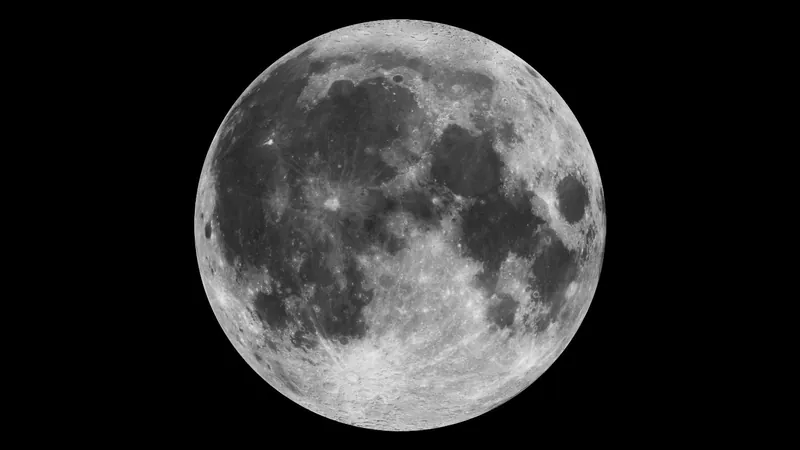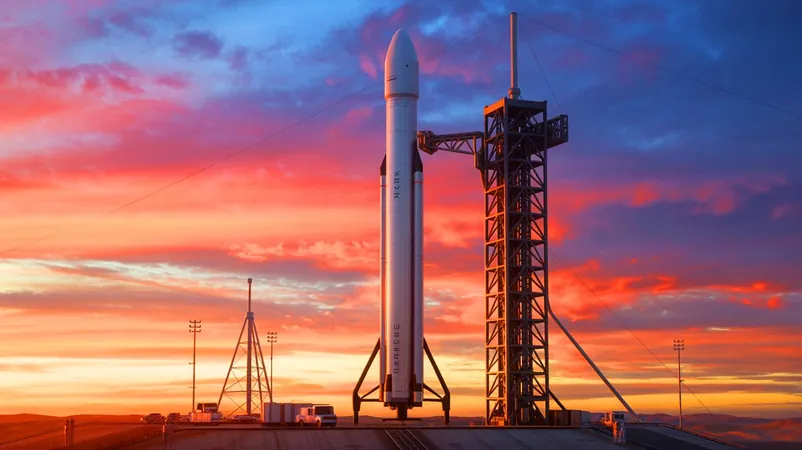
China's Ingenious 'Gravity Slingshot' Technique Rescues Lost Moon Satellites
2025-05-08
Author: Wai
China's Satellites Make a Triumphant Comeback!
In a spectacular twist of fate, China has successfully rescued two wayward satellites, DRO-A and DRO-B, which lost their way after a rocky launch last year. The ingenious team at the Technology and Engineering Center for Space Utilization (CSU) devised a clever solution using a 'gravity slingshot' method to reposition these satellites back on track.
Launch and Initial Setback
Originally launched in March 2024 aboard a Long March-2C rocket, these satellites were intended to settle into a distant retrograde orbit around the Moon. Their mission? To provide crucial navigation and tracking capabilities for spacecraft navigating between Earth and the Moon.
While the rocket's initial stages fired flawlessly, a technical glitch with the Yuanzheng-1S upper stage thwarted the satellites' journey, leaving them stranded and out of contact with ground control.
A Team Rallying Together
"If the satellites were destroyed, it would mean years of hard work and investment gone to waste," lamented Zhang Hao, a key member of the CSU team. Fortunately, they managed to reacquire contact with the satellites, only to find them spiraling in an orbit far too close to Earth.
Concocting a Plan
With determination, the team split into two: one focused on stabilizing the satellites while the other calculated the optimal trajectory for their recovery. The challenge was heightened by the fact that the partially damaged satellites couldn't harness enough sunlight for power.
To conserve energy, they came up with the brilliant strategy of employing gravitational forces from Earth, the Moon, and even the Sun to essentially 'slingshot' the satellites into their rightful places.
Mission Success After 123 Days
After an intensive 123-day operation, their efforts paid off by mid-July 2024, with the satellites finally settling into lunar orbit. Just six weeks later, DRO-A and DRO-B successfully separated and began operating alongside a third satellite, DRO-L, which had already been launched into low Earth orbit.
Revolutionizing Space Navigation
As they now orbit the Moon, these satellites will serve as vital 'lighthouses' in space. With this new configuration, locating spacecraft will reduce from the two days typical of ground-based tracking to a mere three hours!
This remarkable feat not only showcases China's growing prowess in space technology but also opens new horizons for efficient space navigation.





 Brasil (PT)
Brasil (PT)
 Canada (EN)
Canada (EN)
 Chile (ES)
Chile (ES)
 Česko (CS)
Česko (CS)
 대한민국 (KO)
대한민국 (KO)
 España (ES)
España (ES)
 France (FR)
France (FR)
 Hong Kong (EN)
Hong Kong (EN)
 Italia (IT)
Italia (IT)
 日本 (JA)
日本 (JA)
 Magyarország (HU)
Magyarország (HU)
 Norge (NO)
Norge (NO)
 Polska (PL)
Polska (PL)
 Schweiz (DE)
Schweiz (DE)
 Singapore (EN)
Singapore (EN)
 Sverige (SV)
Sverige (SV)
 Suomi (FI)
Suomi (FI)
 Türkiye (TR)
Türkiye (TR)
 الإمارات العربية المتحدة (AR)
الإمارات العربية المتحدة (AR)